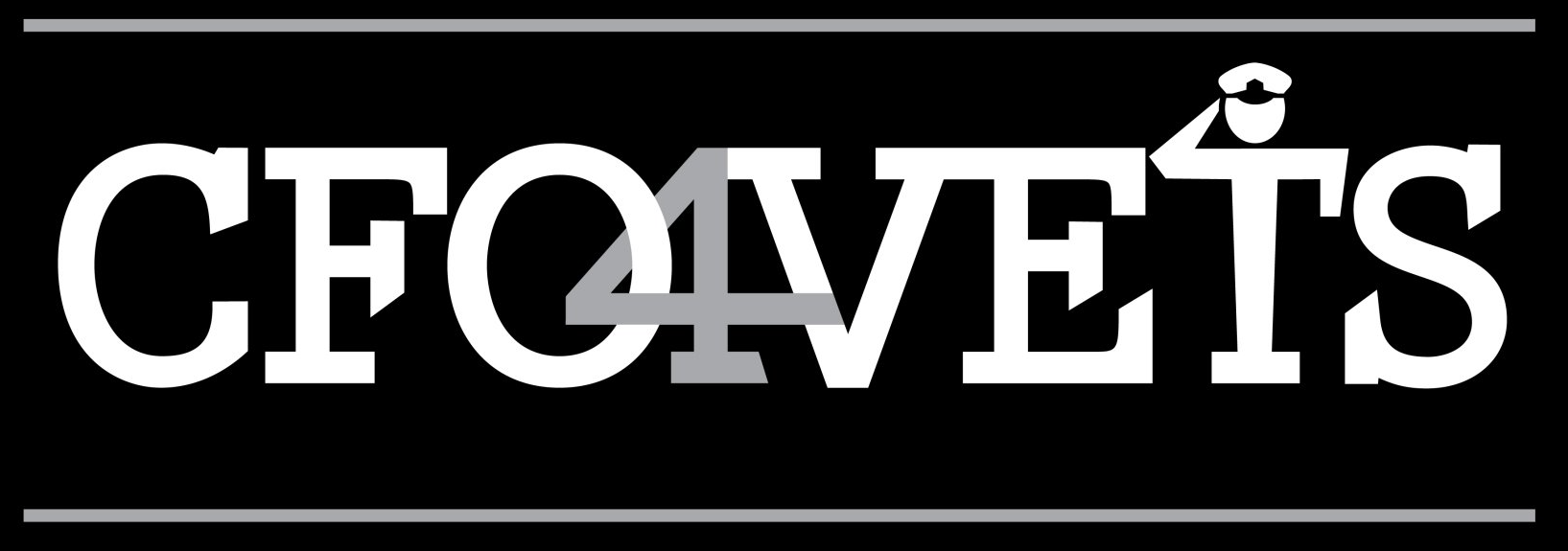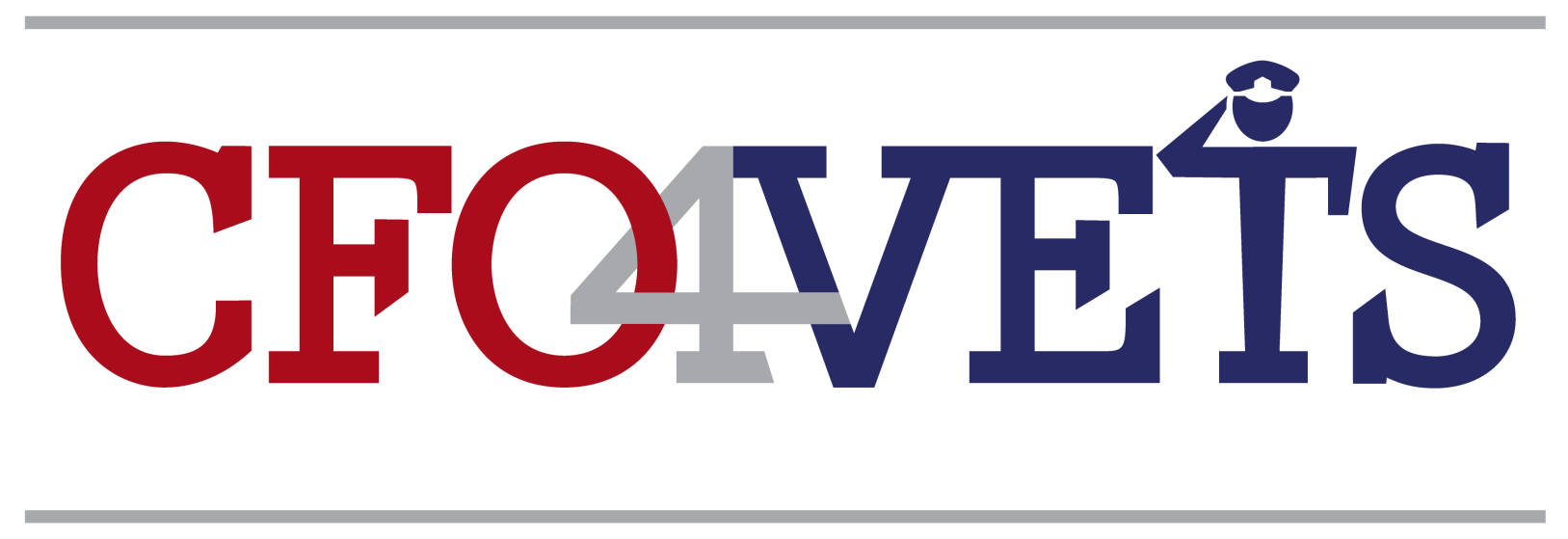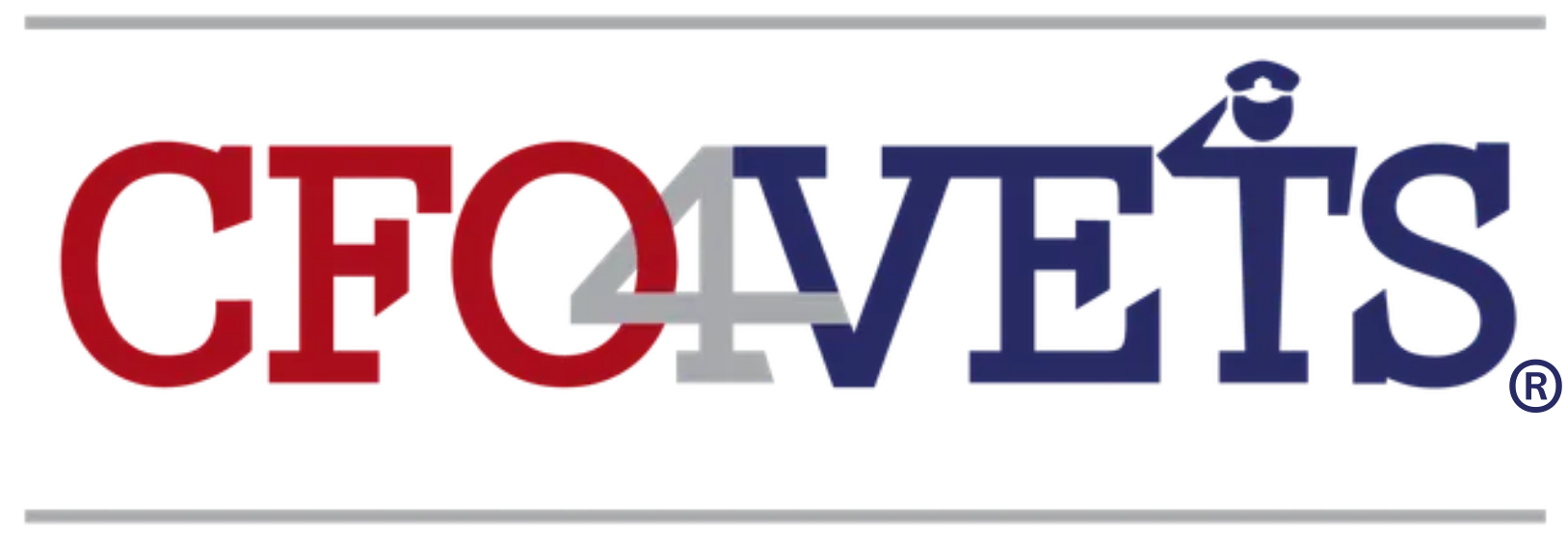Scott Chesson
Incentive Optimization
All businesses design incentive plans with the best of intentions. Whether the incentive plans are devised to increase sales, reduce client attrition, elevate profitability, retain key employees, expand existing clients, improve customer service, or encourage esprit-de-corps, the objective is to promote behaviors that better the business. The challenge in designing an incentive plan is to analyze the potential outcomes thoroughly before implementing a plan. Why? The result of ill-conceived inducements is often unintended consequences that have the opposite effect of the desired outcome. Additionally, once misaligned incentives are in place, it is difficult and often controversial to scale back or eliminate the program. Let’s look at some examples of incentives with unintended consequences.
An unfortunate example of unintended consequences is the case of Wells Fargo. Wells incentivized its sales staff based on the number of consumer banking accounts cross-sold. Cross-selling refers to the process of selling multiple products to banking clients. So, the unintended consequence of the plan was the pressure brought to bear on the staff to cross-sell products to achieve the incentive guidelines. The burden to attain the incentives led to the creation of fake client accounts and additional fees levied on its existing client base without the client’s consent. Clearly, not the intent of the plan when implemented by Wells! The discovery of the fake account scam occurred in 2016 but continues to reverberate negative publicity and fines into the present day. The Wells’ example is about considerably more than misaligned incentives, but the genesis of the problem was the ill-conceived incentive plan.
Before we move on to the next example, let’s contemplate Well’s original intent of the incentive plan. The likely intent of Well’s plan initially was to grow their consumer client revenues organically by offering additional relevant products to existing clients. The notion of growing business organically is a sound one. The plan objective failed because it spawned a numbers game to earn incentives instead of a plan to increase client satisfaction, grow organic revenues and improve client retention. This further illustrates the virtue of thoroughly analyzing the potential outcomes of an incentive plan before putting it into action. Let’s examine another example of ill-conceived incentives with unintended consequences:
I once worked for a professional services firm that offered 20% commissions on all client sales. Anyone on the staff originating a client would receive an incentive equal to 20% of the net client revenues. The incentive plan was very lucrative for the staff so there was no lack of motivation to generate sales. The average client retainer for the firm was about $15,000 per month. The company was a major player in its industry with a premium service offering and did not want to take on “commodity” clients. Commodity clients were miserly, overworked the staff, switched firms frequently, and did not value the firm’s premium service offering.
So, the firm’s incentive plan inadvertently created a sales atmosphere without quality or dollar constraints to qualify new clients. The race was on for the staff to bring in a new client and be rewarded with a 20% commission. We engaged commodity clients to our detriment at times when we would have benefitted from better qualifying the clients and fully maintaining our premium reputation. One $15,000 per month client trumps three $5,000 per month clients without question. The incentive plan was subsequently modified to be consistent with our underlying vision of solely engaging quality clients. Additionally, the 20% commission proved to be too expensive for the firm’s cost structure so it was reduced to a more appropriate percentage.
In summary, be exceptionally thorough when designing an incentive plan for your business. Brainstorm about all possible outcomes. Does the incentive plan promote the desired behaviors/actions that are consistent with your company’s goals and mission? If implementing a new incentive plan, review it every six months to ascertain whether it's helping to engender the desired outcomes. Modify the plan as necessary to better optimize the outcomes. Remember, incentives drive behaviors.

Every business owner will exit their business at some point – whether voluntarily or involuntarily – yet only about 50% of business owners have a buy-sell agreement in place to govern the terms and process of the exit. For this reason, it’s crucial to know about buy-sell agreements, which are legally binding contracts between co-owners of a business that determines the actions if a co-owner chooses or is forced to depart a company and the process of purchasing that person's share. I’ve compiled a list of the most commonly asked questions about buy-sells: How would a business owner benefit from a buy-sell agreement? In many cases, the business owner's largest and most significant asset is the business itself. Suppose something happened to one of the primary owners. In that situation, it is crucial to ask how the owner’s demise or departure would affect the lifestyle and exit plans of the other owners, the business, and the other interested parties. Are you willing to share your business with your deceased partner's heir? The demise of a primary owner is an excellent example of where buy-sell agreements come into play. They can remove the speculation regarding the future of your business. Furthermore, a buy-sell can reduce the stress and turmoil of an emotional situation. Do you need a business valuation when implementing a buy-sell agreement? The short answer is yes. A business valuation can be critical when contemplating a buy-sell. Valuations help you understand your business's worth and determine your action path after a buy-sell is activated due to a triggering event, such as when a primary business owner becomes disabled, leaves the company, or passes away. Suppose a buy-sell agreement does not require an updated company valuation after a triggering event. In that case, the surviving owner may be required to pay the amount stated in the original buy-sell, even if that amount no longer accurately reflects the company's actual worth. Similarly, a company's valuation may differ after a primary owner leaves the business. As you can see, knowing how much your company's value depends on its current organizational structure and staying ahead of the game in your forecasting is essential. Who does a business owner work with to implement a buy-sell agreement? A Certified Valuation Analyst is a professional business valuator who, along with a trusted attorney, is a must-have in establishing a proper buy-sell agreement. Because buy-sell arrangements can be challenging to discuss with a business partner and require much organization and implementation, a trusted attorney can steer and mediate those difficult conversations. Protect your business – and yourself – by being prepared for the difficult transition when an owner exits the business. Buy-sell agreements help pave the way for smoother transitions.

I’ve seen so much in my twenty-five years as a CFO, and though I’ve worked in many sectors, the area where I’ve observed the most financial pitfalls has been for small businesses. I want to share two of my most common observations so that you can avoid making the same mistakes if you’re currently in any of these situations as a business owner. All you need is a bit of flexibility, foresight, and innovation. 1) Impulsive Cost Cutting Measures The knee-jerk reaction for most folks in challenging economic times is a tendency to focus on cutting costs while losing sight of how important it is to optimize and innovate your revenue streams. I’m not saying that cost reduction isn’t essential, or even mandatory, during an economic downturn. Still, I will stress that reducing your costs cannot replace a concerted strategy to optimize your existing revenue streams while also exploring and building new revenue pathways. Perhaps a tactic you may want to consider is scrubbing your costs throughout the year rather than doing so dramatically during a moment of panic. It allows you to be more thoughtful in your approach. I’d also suggest you look at zero-based budgeting, which means annual expense budgets are not automatically renewed with a blanket percentage increase and, instead, each expense category is analyzed and justified based on a company’s requirements -- in concert with the overall cost structure. Even implementing zero-based budgeting on a limited basis will help avoid protracted cost-cutting during downturns. My final advice on this matter is to not be too hard on yourself! It’s easy to lose sight of growing the top line when your business is fighting for survival on the bottom line. 2) Getting Attached to Something that Isn’t Working Another common pitfall I’ve seen repeatedly is when business owners are wedded to a product, service, or strategy that is unsuccessful. Instead of bringing in revenue, it is harming their business’s financial health. Passionate and committed entrepreneurs often take on the idea that they can make something work – even if it’s not meant to be and falsely believe that admitting defeat or giving in to the notion that if a product, service, or strategy goes away means they have failed. It’s also hard because they have almost always dedicated so many resources to their efforts that they must continue trying. However, a small business has many advantages over a large, bureaucratic entity. One advantage is flexibility. They can move quickly to take advantage of opportunities or pivot away from unsuccessful undertakings (like poorly performing products, services, or strategies) before too much financial damage is inflicted on the business. The damage is generally manifested as negative cash flows or declining profits. Still, the effects are much more far-reaching and less clear, but they impact the most finite of resources, time, and energy. I recommend having a timeline and specific goals to chart the progress of a new product or service. Then, your company has guidelines that can prevent devoting unwarranted time, money, and energy to unsuccessful projects. There is no shame in experimenting and adapting your business and acknowledging that some ideas failed. You are still doing a great job and learning with every experience, becoming more substantial and more valuable in the marketplace.





